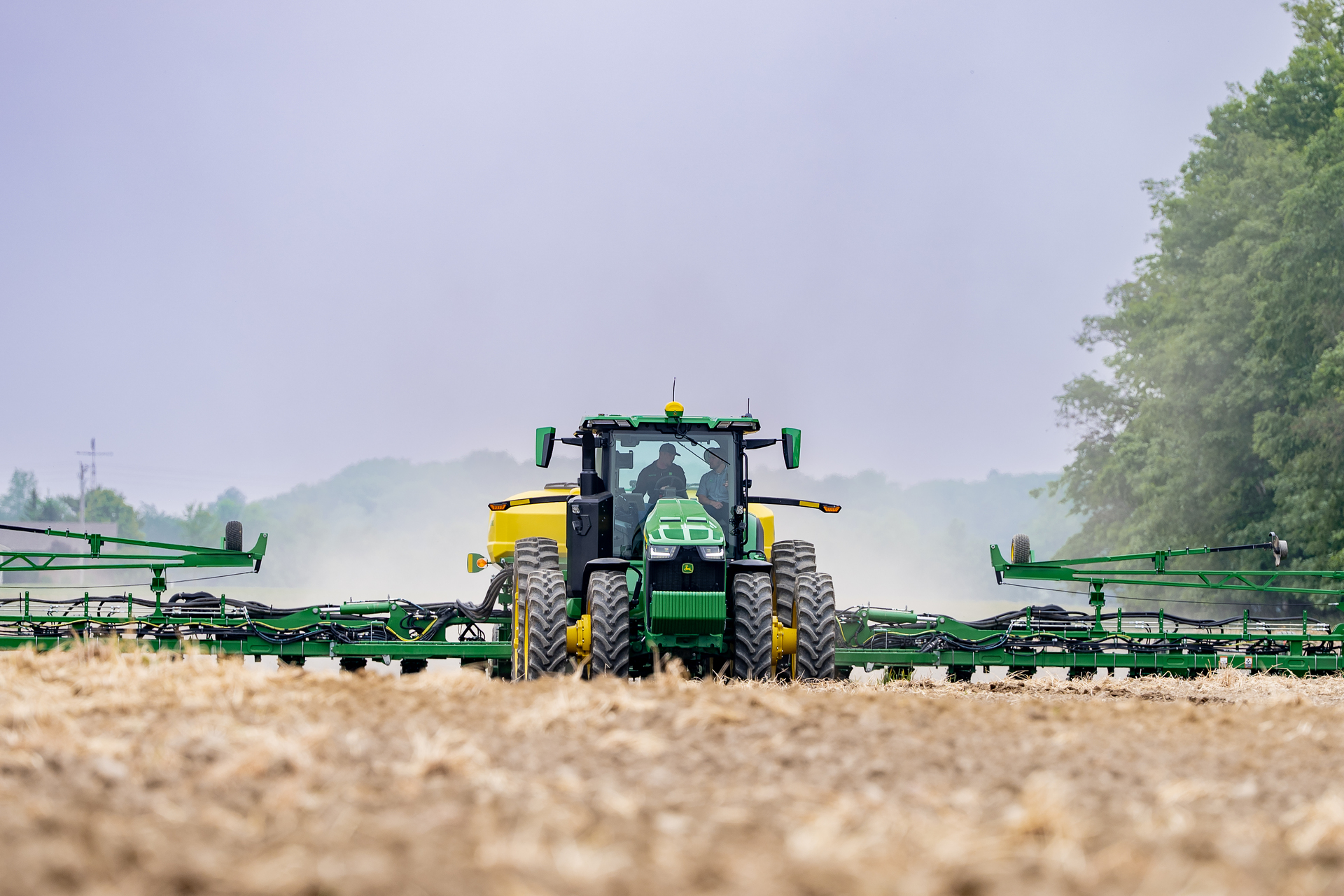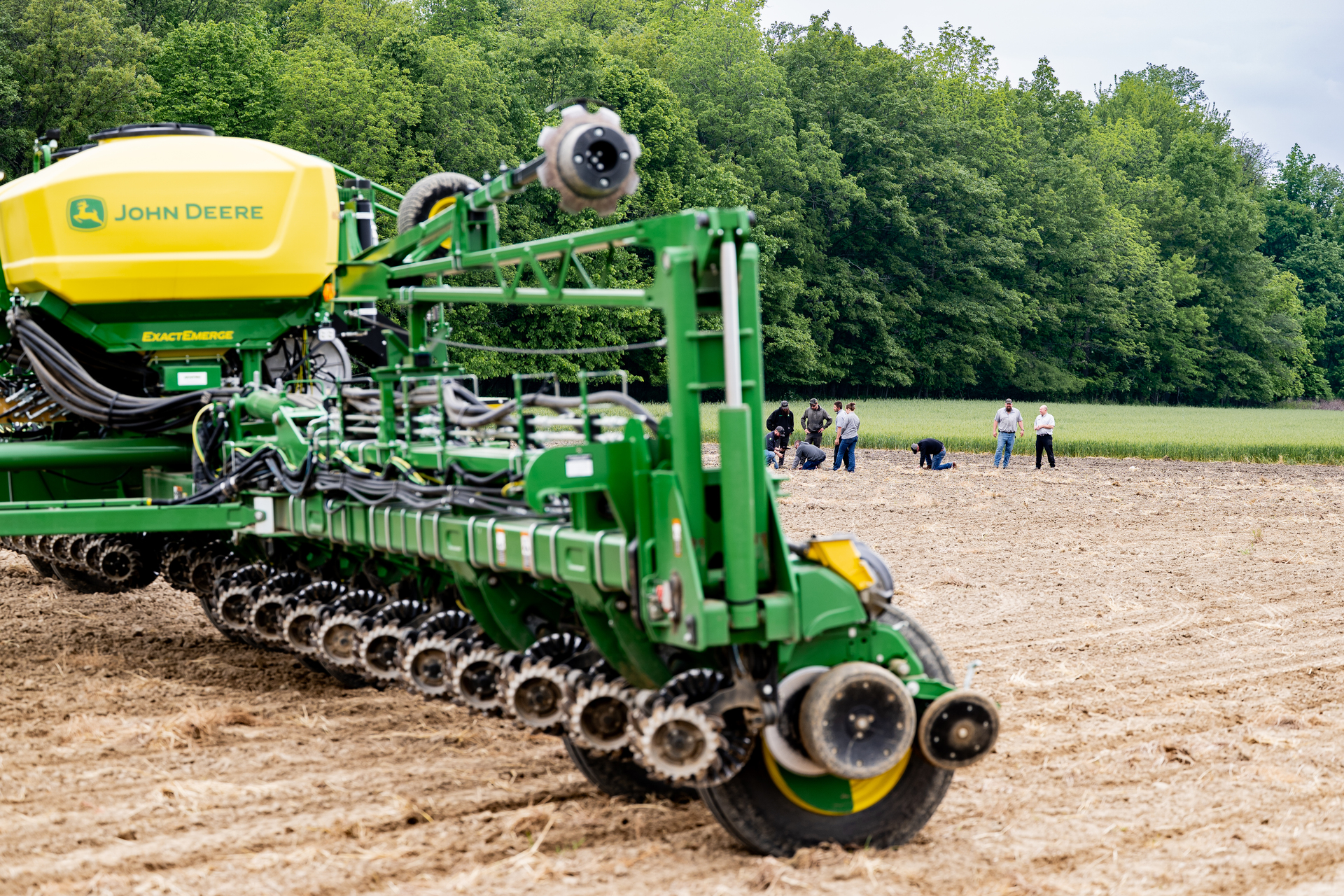2025 Planter Showdown Champion: What the Data Tells Us
Published: November 21, 2025
Updated: November 21, 2025
|
Farm and Agriculture
When choosing a planter, it isn’t enough to go by the paint color or name. Data-driven side-by-sides are what really matter on the farm — especially when margins are tight and every bushel counts. That’s why recent results from the Beck’s PFR 2025 Planter Showdown caught our eye. If you’re focused on maximizing emergence, yield, and efficiency, these findings offer insights worth your time.
The Quick Version
John Deere took top honors in Beck’s PFR 2025 Planter Showdown, leading in early emergence, stand counts, spacing accuracy, and yield—both for corn and soybeans. Fendt impressed with high-speed planting efficiency, while Case IH delivered steady results, especially at standard speeds.
Key takeaways: prioritize planter setup, monitor early emergence, and choose equipment that matches your farm’s goals. The right planter and careful management can deliver higher yields and greater efficiency season after season.
Keep reading for in-depth information from the Showdown.

Real-World Planter Testing: John Deere vs Fendt vs Case IH
Unlike controlled laboratory conditions, this showdown was conducted in the field with 40-foot planters from John Deere, Fendt and Case IH, crews from each manufacturer at the wheel, and strict protocols in place to ensure unbiased results. Every pass was monitored for real-world variables: emergence rates, stand counts, seed spacing accuracy, unfold and crop changeover times, and, of course, yield.
Early Emergence: A Step Ahead Starts Here
Within the critical first 24 hours after planting corn, the John Deere planter emerged as the front-runner, with an average of 18.8 plants emerging compared to Fendt at 16.9 and Case IH at 14.4. That early lead set the pace for higher final stand counts and better spacing accuracy down the line, both key indicators for crop success.

Stand Counts and Spacing: Precision Pays
Final corn populations were tight across all brands but gave a clear edge to John Deere at 32,493 plants per acre. Fendt followed closely, and Case IH was within striking distance. In terms of seed spacing accuracy—measured by physically crawling the fields and digitally checking each gap—John Deere hit 94.9% of seeds within the “acceptable” spacing range (4.12 to 8.18 inches, based on their 34,000 population standard).
For soybeans, the trend continued: John Deere posted the highest stand count, again followed closely by Fendt and then Case IH.
Efficiency: Speed with Purpose
For operators with lots of acres on the clock, efficiency matters. Fendt claimed the fastest unfold time, while John Deere took the top spot for fastest crop changeover (from corn to soybeans and back), completing the switch in under 15 minutes. Efficiency isn’t just about tech—it’s about getting more done each day.
Yield Results: Proof Is in the Grain
Yield is the final proof-point. In the 5 mph corn speed trial, John Deere delivered the highest yield at 234.2 bu/acre, just ahead of Case IH and Fendt. At higher speeds (10 mph), Fendt narrowed the gap, but John Deere remained steady at 228 bu/acre, with Case IH slightly behind. In special seed size trials, John Deere’s precision with larger seed continued to translate into top yields.
Soybean results told a similar story—John Deere led at both speeds, with only minor differences separating the brands.
Lessons for 2026 and Beyond
While every planter has strengths, this showdown’s consistent winner was John Deere for early emergence, stand counts, seed spacing, and overall yield. But don’t count out the competition: Fendt shined at high-speed planting, and Case IH delivered dependable yields, especially at standard speeds.
From the field to the yield monitor, the lessons are clear:
-
Invest in planter setup—metering, depth, and spacing affect yields more than most realize.
-
High-speed planting can maintain accuracy and efficiency, especially with the right equipment and calibration.
-
Early emergence remains one of the best predictors of final yield; monitor those first 48 hours closely.
-
Match your planter to your operation’s unique priorities—speed, consistency, or ease of use.
What do we know for sure? The right setup and diligent management make the difference. When you’re ready to put these findings to work, Koenig Equipment has the local expertise and lineup to help you turn smart decisions into strong seasons.
Ready to get started? Contact your local Koenig Equipment team or visit our team at your nearest store —we’ll help you dig into the data and find the right fit for your fields.
Subscribe to our Newsletter
Recent Posts
- Koenig's Custom Used Equipment Notifications Are Here
- Winter Skid Steer Maintenance: Prep Your John Deere for Snow Season
- How Total Seed Production Leveled Up 2025 With John Deere Technology
- Winter Tractor Maintenance: Save on Off-Season Inspections and Get Ready for Snow
- December Deposit Deal: Stretch Your Equipment Budget with our Pre-Pay Program
